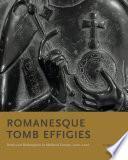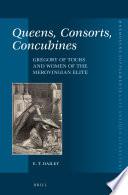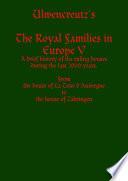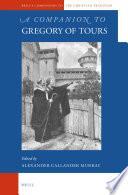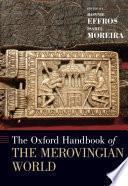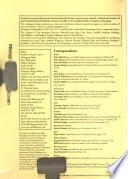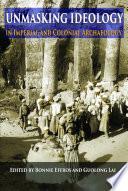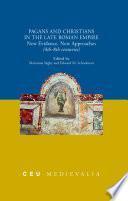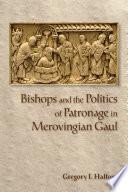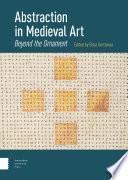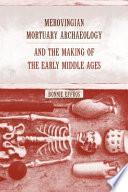
Merovingian Mortuary Archaeology and the Making of the Early Middle Ages
Author: Bonnie Effros
Number of pages: 296Clothing, jewelry, animal remains, ceramics, coins, and weaponry are among the artifacts that have been discovered in graves in Gaul dating from the fifth to eighth century. Those who have unearthed them, from the middle ages to the present, have speculated widely on their meaning. This authoritative book makes a major contribution to the study of death and burial in late antique and early medieval society with its long overdue systematic discussion of this mortuary evidence. Tracing the history of Merovingian archaeology within its cultural and intellectual context for the first time, Effros exposes biases and prejudices that have colored previous interpretations of these burial sites and assesses what contemporary archaeology can tell us about the Frankish kingdoms. Working at the intersection of history and archaeology, and drawing from anthropology and art history, Effros emphasizes in particular the effects of historical events and intellectual movements on French and German antiquarian and archaeological studies of these grave goods. Her discussion traces the evolution of concepts of nationhood, race, and culture and shows how these concepts helped shape an understanding of...

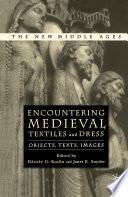
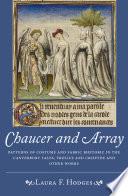
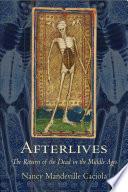
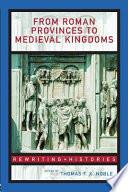
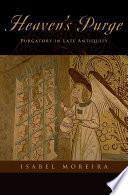


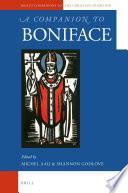
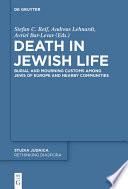
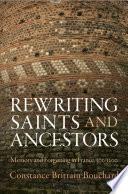
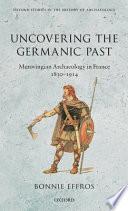
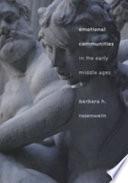
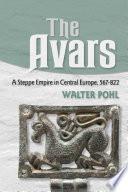
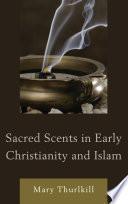
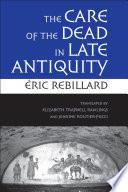
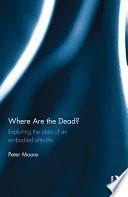
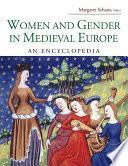
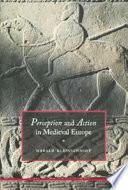
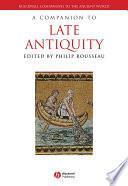
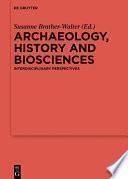
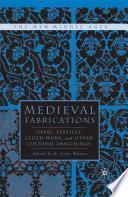
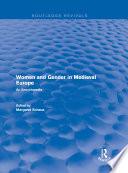
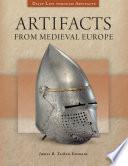
![All Things Medieval: An Encyclopedia of the Medieval World [2 volumes]](https://cdn1.farolightpublishing.com/images/libro/all-things-medieval-an-encyclopedia-of-the-medieval-world-2-volumes-id-yPcIuJ5TNxMC.jpg)
